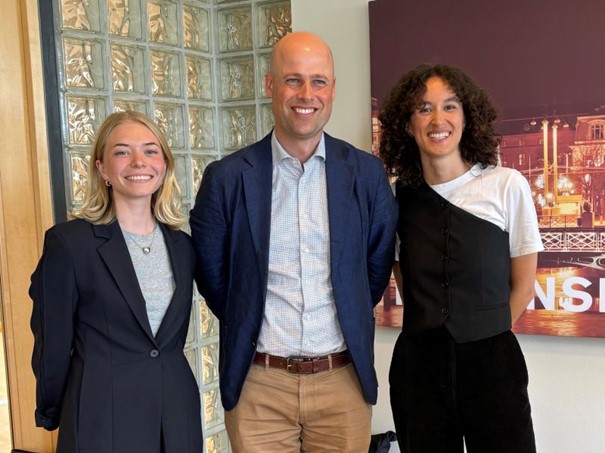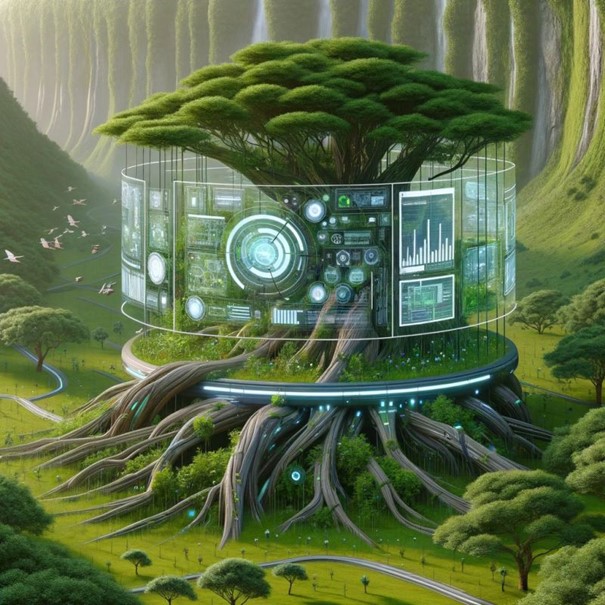What is digital platform grafting?
By Marcus Holgersson
Together with David Teece and Joakim Björkdahl I have studied platform entry in pre-existing ecosystems, leading to a coevolutionary process of adapting both the platform and the surrounding ecosystem. We call this process platform grafting, a concept inspired by biology and medicine. In nature, grafting merges two plants to leverage their strengths. Medically, engraftment involves the body accepting new cells. Analogously, platform grafting weaves a digital platform into an existing ecosystem.
Platform grafting introduces unique challenges and demands specific managerial responses. We’ve identified hurdles across four key ecosystem dimensions: the actors, tasks, assets, and governance mechanisms. Successful grafting requires integration across these dimensions.
I’m very happy to now see our article that introduces the concept and outlines managerial implications published in the recent issue of
California Management Review.
Available as open access here: https://doi.org/10.1177/00081256241238453



